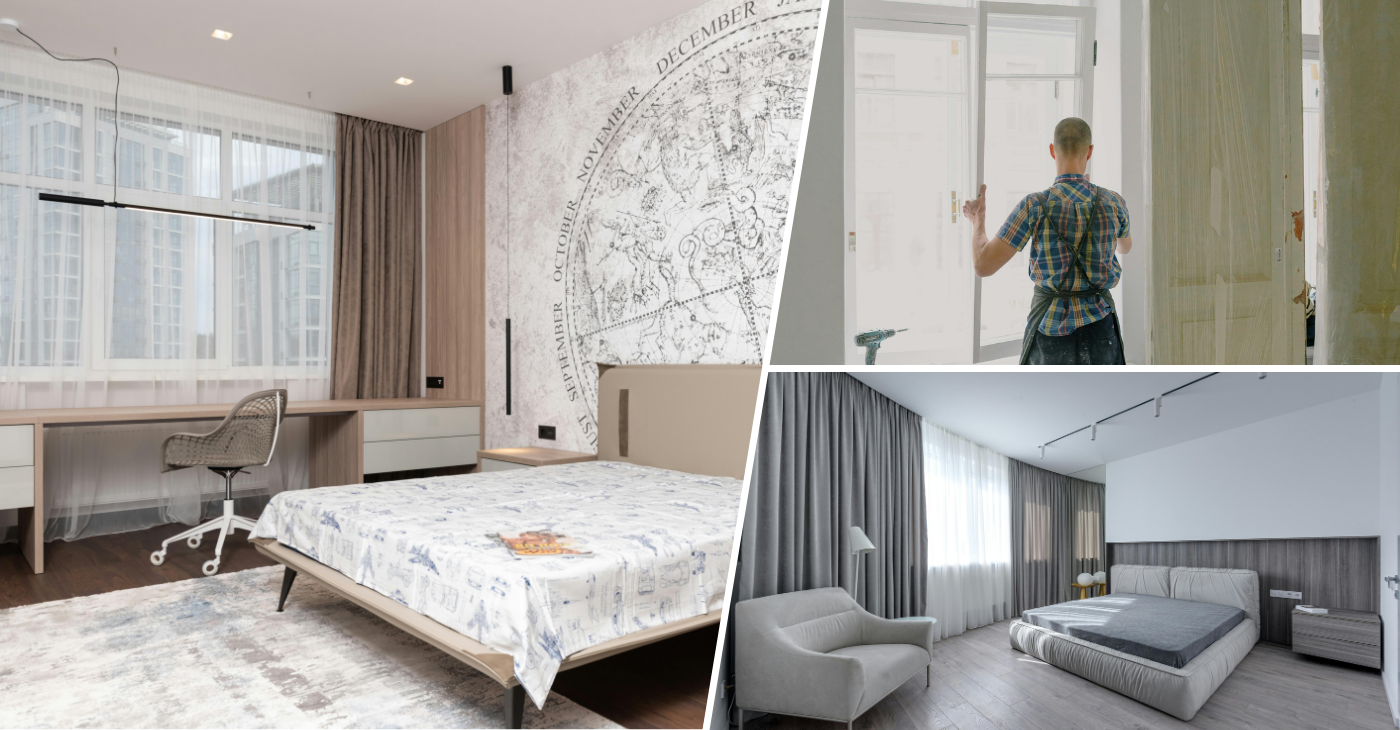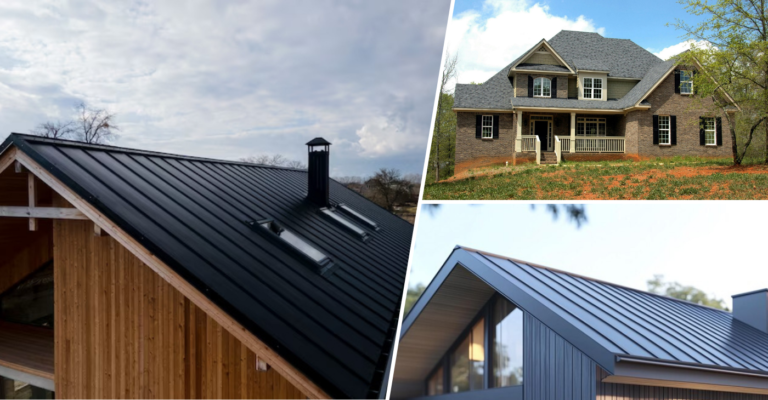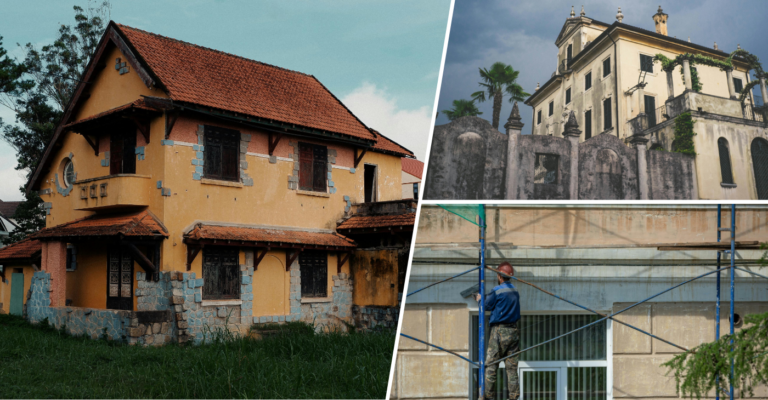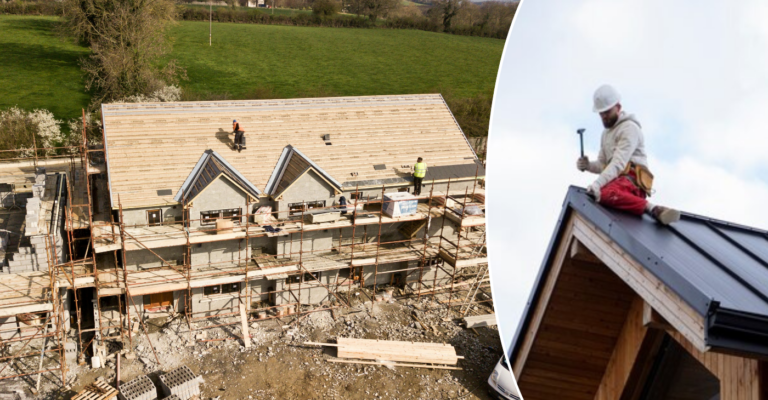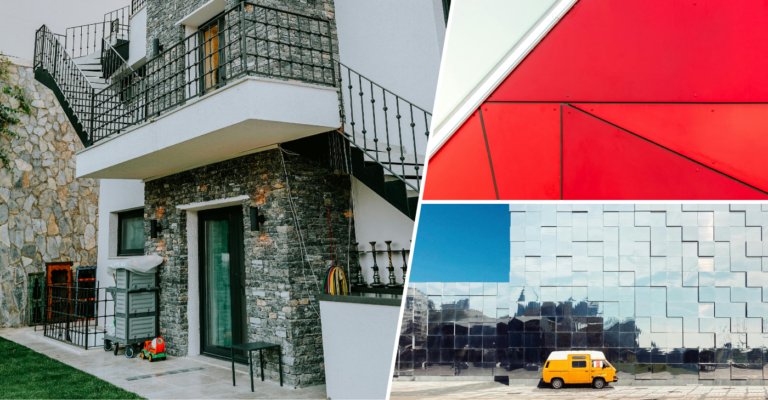Guide: Average cost of new windows for a 3 bed house in the UK
The average cost of new windows for a 3-bedroom house in the UK can boost comfort, save on energy bills, and raise property value. Costs vary widely depending on materials, style, and glazing options. This guide covers average prices for popular window choices, so homeowners can plan their budgets. Whether you’re considering standard uPVC or higher-end wood or aluminium frames, this guide will help you make a smart investment.
Factors that affect the cost of new windows
When replacing windows in a 3-bedroom UK house, several factors will impact the cost. The choice of material, window style, glazing type, and frame quality all affect both price and performance. Here’s what to consider:
Material type
The material used for the frames plays a big role in both durability and price.
- uPVC: This is an affordable and low-maintenance option. It’s weather-resistant and lasts 20-30 years. For a 3-bedroom house, uPVC windows cost around £450 to £650 each, depending on size.
- Wood: Wood frames add a classic look, but they’re pricier and need upkeep to prevent rot. Prices range from £1,000 to £1,800 per window.
- Aluminium: Aluminium frames are slim, strong, and long-lasting. They’re low-maintenance and resist corrosion well. Aluminium windows typically cost between £700 and £1,200 per window.
Window style and design
The style of window also affects the cost. Some designs are simpler to make and install, while others are more intricate.
- Casement windows: These are cost-effective and popular for ventilation and security. They usually cost about £500 per uPVC unit.
- Sash windows: Known for their classic style, sash windows are often used in older UK homes. They are more costly due to their detailed design, with uPVC models around £1,100 and wooden ones costing more.
- Tilt-and-turn windows: These flexible windows open both inward and outward, which is convenient for cleaning. Prices for uPVC models are around £600 to £750 each.
Glazing options
Glazing impacts energy efficiency, sound insulation, and cost. It’s especially important in busy or colder areas.
- Double glazing: Standard for most homes, it provides good insulation and is affordable. Adding double glazing typically costs about £150-£200 more per window.
- Triple glazing: For extra insulation and noise reduction, triple glazing is a good choice. It’s about 30% more expensive than double glazing but can be worth it for homes in noisy or cold areas.
Frame quality and finish
The quality and finish of frames can add to the expense but also boost durability and curb appeal.
- Premium finishes: High-end finishes, like custom paint or woodgrain, add £100-£300 per window. These are worth it if you want a unique look.
- Insulated frames: Many frames now have insulated sections for better energy efficiency. These upgrades usually add 10-15% to the cost but help keep your home warmer.
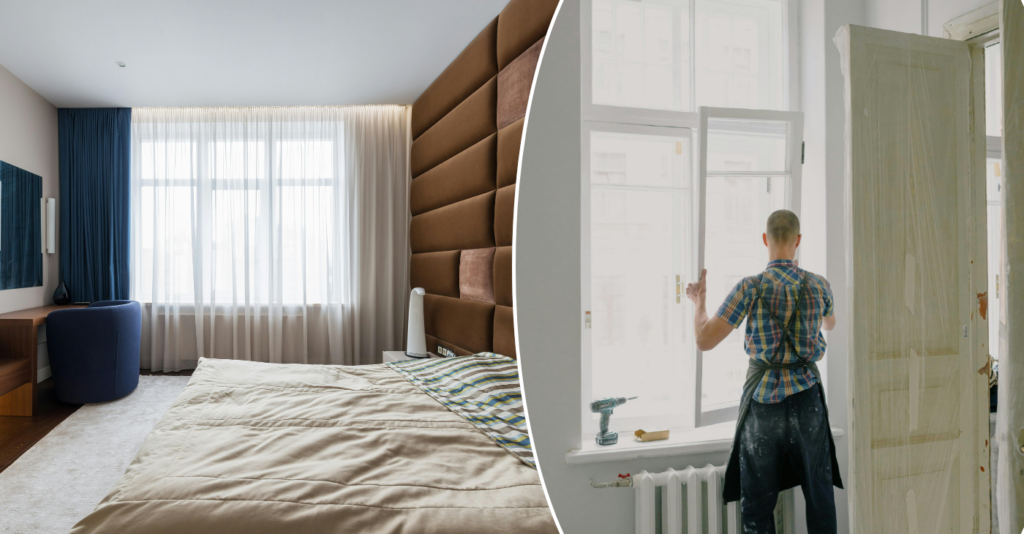
How many windows does a typical 3 bedroom house in the UK have?
In the UK, a typical 3-bedroom house usually has 8 to 12 windows. The number can vary based on the design and layout of the home. Homes with open floor plans or large living spaces may have more windows to let in natural light. But generally, 8 to 12 windows cover all the main rooms, including living areas, bedrooms, bathrooms, and kitchens.
What are the average costs for different window materials?
Each window material has its benefits and costs. The choice between uPVC, wood, or aluminium frames impacts both upfront expenses and ongoing maintenance. Here’s a breakdown:
- uPVC windows: uPVC is budget-friendly, durable, and low-maintenance, ideal for the UK climate. It provides solid insulation and resists weather damage. A uPVC window costs between £525 and £650. For a 3-bedroom house with about 10 windows, this would cost around £5,250 to £6,500 total.
- Wooden windows: Wood frames have a classic look, perfect for period properties or high-end homes. They cost more due to their material and the need for regular maintenance to prevent rot and wear. Wooden windows are priced between £1,500 and £1,850 each. For a home with 10 wooden windows, the total ranges from £15,000 to £18,500.
- Aluminium windows: Aluminium is popular for modern homes, offering a sleek look and lasting durability. It requires minimal maintenance and won’t rust. Aluminium windows range from £800 to £1,250 each. For a 10-window home, the cost would be between £8,000 and £12,500. Custom colours or finishes may add to the price.
Comparing costs of different window styles
- Casement windows: Casement windows are a budget-friendly choice. They open outward or inward on hinges, offer good ventilation, and are easy to secure. uPVC casement windows cost between £500 and £700 each, while aluminium versions range from £700 to £950. For a typical 10 window replacement, expect a cost between £5,000 and £9,500.
- Sash windows: Known for their traditional look, sash windows slide up and down. They are more intricate to make and install, making them pricier. uPVC sash windows cost £1,000 to £1,300 each, while wooden options range from £1,500 to £1,800. Replacing 10 sash windows may cost from £10,000 to £18,000.
- Tilt-and-turn windows: These versatile windows tilt inward for ventilation or swing open for easy cleaning. uPVC tilt-and-turn windows cost between £600 and £750, while aluminium models range from £850 to £1,100. For 10 windows, costs are likely between £6,000 and £11,000.
Additional costs to consider with new windows
When budgeting, factor in some extra costs beyond the windows themselves:
- Installation fees: Installation costs vary by window style. Casement windows cost around £150 to £200 per window to install, while sash windows can be up to £250 each due to their complexity.
- Disposal of old windows: Removing old windows costs between £50 and £80 per window for labour and disposal.
- Customization or special designs: Custom colours or unique sizes add about 10-20% to the price of each window.
- Energy efficiency upgrades: Double or triple glazing with Low-E coatings helps reduce energy bills but adds to the upfront cost. Double glazing costs £150 to £200 extra per window over single glazing, and triple glazing adds £250 to £300 more.
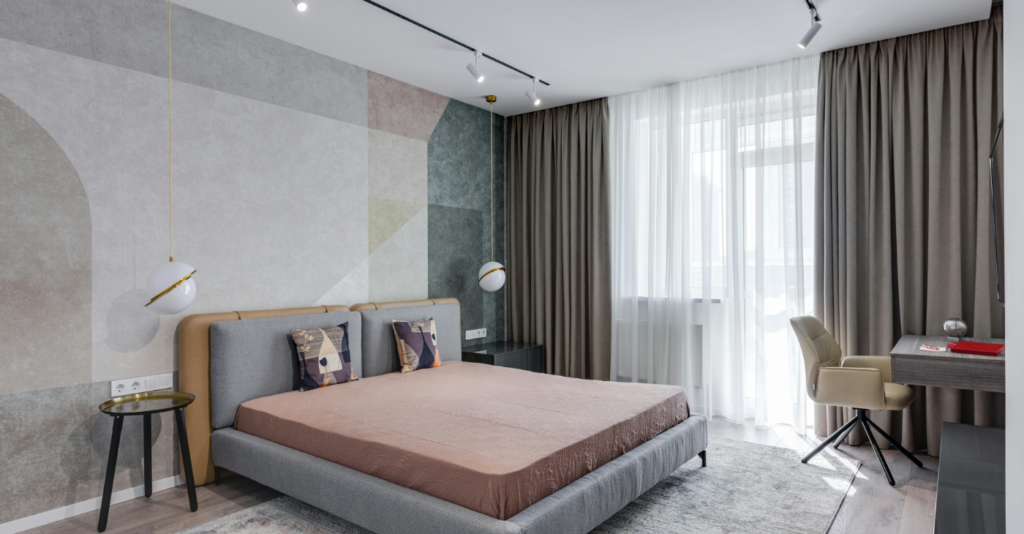
Why upgrade the windows in a 3-bedroom house?
Upgrading windows in a 3-bedroom house has many practical benefits that go beyond looks. Here’s why it’s a smart investment:
Improved energy efficiency
Modern windows are designed to keep more heat inside. Features like double or triple glazing, Low-E coatings, and insulated frames help reduce heat loss. This means lower heating bills—often saving £150 to £250 per year. Well-sealed windows also stop drafts, keeping indoor temperatures steady and cutting down on heating needs.
Increased home value
New windows add to property value by improving curb appeal and attracting buyers. High-quality materials like aluminium or wood paired with popular styles, such as sash or tilt-and-turn, make a great impression. For many homes, modern windows can increase resale value by 5-10%, making this a solid investment for long-term property value.
Enhanced comfort and noise reduction
Upgraded windows improve comfort by blocking drafts and reducing noise from outside. Double or triple glazing helps create a quieter, more peaceful space—especially important for homes near busy roads. Better insulation also means fewer cold spots around windows, making rooms warmer in the winter.
How to save on window replacement costs
When replacing windows in a 3-bedroom house, there are strategic ways to reduce costs while still securing quality materials and installation. Here are some points to saving on window replacement and selecting the right installer:
- Bulk purchasing: Replacing all windows at once rather than in stages can lead to significant savings. Many suppliers and installers offer discounts when purchasing windows in bulk, typically 5-10% off the total cost for homes with around 8-12 windows. This approach minimizes repeated labour and scheduling costs.
- Seasonal discounts: Window companies often have off-peak seasons, usually in late winter or early spring. During these times, you may find discounts of 10-15% on both materials and installation, as demand is lower. Planning window replacement during these months can help reduce costs.
- Financing options and grants: Some financing options allow for more manageable monthly payments instead of a large upfront cost. Additionally, certain energy-efficiency grants may apply if the new windows meet insulation or energy-saving standards. These grants vary by region and can offset up to £300-£500 per window.
What to look for in a window installer in the UK
- Certifications: Always check that the installer is FENSA or CERTASS certified. These certifications confirm that the installation meets building regulations and is energy efficient. Certified installers also provide a certificate, which may be required during future property sales.
- Experience and track record: Seek installers with a solid history of residential projects and positive customer reviews. Experienced installers can handle various window types, ensuring proper installation for styles like sash or tilt-and-turn. Experience also means they can troubleshoot and avoid issues, which can reduce costly callbacks.
- Warranty: A robust warranty on both materials and labour signals the installer’s confidence in their work. Look for warranties covering at least 10 years, as this shows commitment to quality. Additionally, some manufacturers offer extended warranties for certain materials, such as aluminium or uPVC, providing extra peace of mind.
How much can you save long-term with energy-efficient windows?
Investing in energy-efficient windows significantly reduces heat loss, which can cut heating bills by up to £260 annually. Over the lifespan of the windows, these savings add up, often covering a large portion of the initial investment. Advanced features like Low-E glass, thermal breaks, and insulated frames enhance the home’s insulation, reducing energy reliance. These windows are especially valuable in colder months, maintaining a stable indoor climate and reducing strain on heating systems.
Conclusion: Average cost of new windows for a 3 bedroom house
The average cost of new windows for a 3-bedroom house in the UK is a big investment, but it brings valuable benefits. Energy-efficient windows can lower heating costs, make your home more comfortable, and add value to your property. By choosing the right material, style, and features, you can balance the upfront cost with long-term savings. The right windows don’t just improve the look of your home but they also make it more efficient and sustainable.

